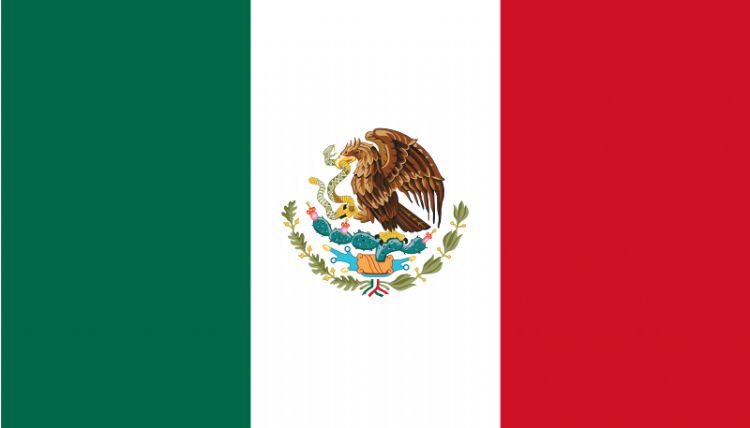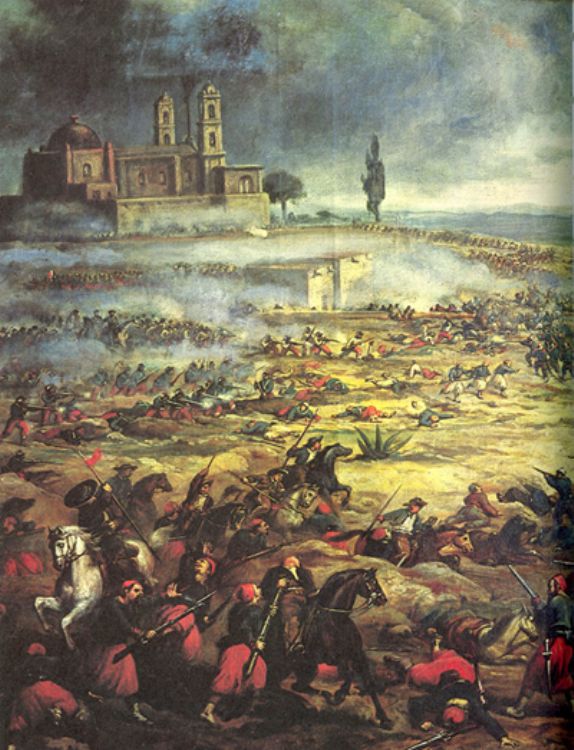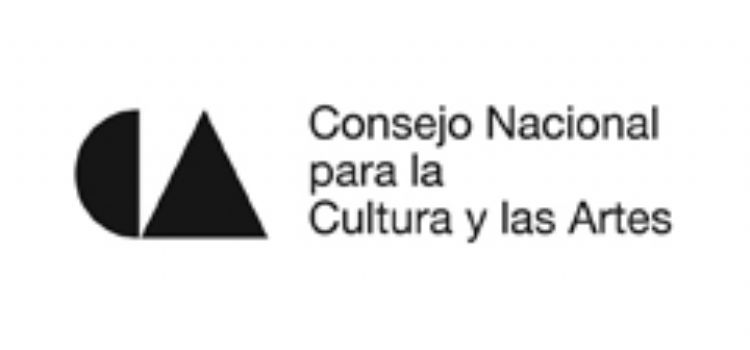Mexicoâs Flag

Mexicoâs flag is the most representative identity symbol of the nation. It contains in itself the history and constitution process of the country. During the Independence, Miguel Hidalgo y Costilla took as the first flag of the movement a banner of the Virgin of Guadalupe. However, during the first years the insurgents modified the design as often as they considered they needed to integrate something into it. In 1813, instead of the image of the Virgin of Guadalupe they chose other types of symbols, persisting since then the Eagle standing on a cactus. The bird also had the Imperial Crown. Later, the eagle had the position of extended wings, with the head to the side, also with the crown.
We must remember Mexico was struggling to be recognized as an independent State and therefore, after integrating the Constituent Congress, the symbols of that independence became more important in the national flag. Therefore, it was decided to regain the indigenous roots and include the serpent being devoured by the eagle, omitting the crown of the disappeared empire. Thus, diverse modifications specifically on the central symbol of the eagle and the serpent occurred after very important historical events such as the Empire of Maximiliano, in which the figure of the crown was again taken, this time representing the French empire. Afterwards, General Porifirio Díaz again chose the position of extended wings for the eagle.
After the Mexican Revolution, Venustiano Carranza modified the position of the eagle returning to the symbolism that represented the founding of Tenochtitlán, with the eagle devouring the serpent, standing on a cactus. Regarding the colors, they were initially thought of to symbolize green for independence, white for the catholic religion and red of unity.
On the 24th of February, when the liberating forces of the country united, we also celebrate the flagâs day, and even though it has gone through various modifications throughout history, that date is still celebrated as flagâs day.
The correct representation of the coat of arms and the flag, are found in the âLey sobre el escudo, la Bandera y el Himno Nacionalesâ (Law on the National coat of arms, Flag and Hymn), published in the Official Diary on the 8th of February 1984 by then President Miguel de la Madrid Hurtado. That law recognizes as national symbols: the National Coat of Arms, Flag and Hymn. It establishes that the National Coat of Arms is constituted by a Mexican eagle, whose left profile is exposed, and the wings are spread in combat attitude. It also refers to the position of the plumage, as well as the position of the serpent it is holding in its right claw. Also in our flag are branches of oak and laurel forming a semicircle united by a ribbon divided into three sections.
Besides the colors, the Coat of Arms and the position of its elements, the Law foresees special and significant dates in which the flag must be raised in official sites, such as the 21st of January, birth date of Ignacio Allende, 1st of February, when the ordinary sessions of the Congress of the Union begin, 5th of February, anniversary of the Constitutionâs promulgation, 24th of February, the Flagâs day, among others.
There are three visible models of the national flag, one is found in the Nationâs General Archive, another can be seen in the National History Museum and the other in the Coin house. The nationâs labarum symbolizes the evolution of the Mexican nation, the struggle for its independence and the later search of identity as a nation, founded on values that gather a common origin.
Artículo Producido por el Equipo Editorial Explorando México.
Copyright Explorando México, Todos los Derechos Reservados.
Foto: Wikipedia.org





